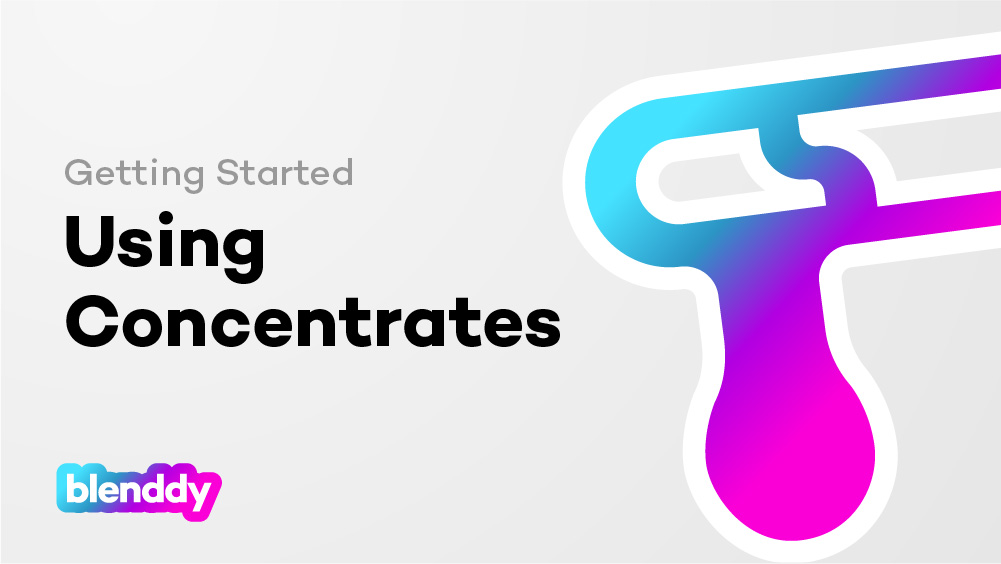Most people assume cannabis always gets you really high. While certainly true when THC gets consumed through the lung or stomach, things work completely different through the skin barrier. Most cannabis compounds take advantage of this approach to provide relief for a variety of conditions. With on-going research uncovering how isolated compounds affect our endocannabinoid system, and with so many different types of compounds available, it can be hard to know which one is right for you. In this post, we’ll review a few solutions and how to best hone the use of these treatments.
What are Compounds?
Cannabis contains hundreds of different chemical compounds (cannabinoids, terpenoids, flavinoids) within each plant. Creams, topicals, and other products use these cannabinoid compounds in addition to their ingredients. Some products may use individual compounds, mixed compounds, or the entire whole plant offering.
This class of products are not ingested through the stomach or lungs, but rather absorbed through the skin barrier to act on the endocannabinoid system (ECS). Aside from patches, topicals likely couldn’t get you high because the THC doesn’t have a way into your blood/brain barrier, making them perfect for non-psychoactive treatment.
Manufacturers in this category add the benefits of THC and CBD to traditional applications common in the health and wellness market. Examples include creams, rubs, sublinguals, topicals, and even suppositories, which mimic their non-cannabinoid counterparts we’re accustomed to. Researching their ingredients allows a clearer indication of their compounded benefits, no pun intended, so as to select something appropriate for your need.
Understanding the Endocannabinoid System
To understand topicals requires an understanding of our endocannabinoid system. Just like your brain and heart, everyone has one, regardless of whether they consume cannabis or not.
The ECS is a network of nerves that connects everything in our body. The two main endocannabinoid receptors: CB1 (found mostly in the central nervous system) and CB2 (found in the peripheral nervous system + immune cells) control our pain responses. Both receptors lie just underneath our skin’s epidermal cells and sensory nerves.
Upon applying a cannabis topical, a set of cannabinoids attach themselves to these receptors, triggering localized effects such as pain relief and/or anti-inflammatory responses. The total effect depends on the cannabinoid content in conjunction with the ingredients used to make the topical.
What About Those Patches?
Most topicals lack ability to enter the bloodstream, all except for transdermal patches. They achieve this by way of an additive within the patch that functions as a carrier to help THC get into the bloodstream.
Since this system bypasses the liver, the high doesn’t resemble edibles, whereby delta-9-THC converts to ultra 11-Hydroxy-THC, but instead resembles smoked or vaped products albeit with a slower, timed delivery.
Often this becomes a better approach for anyone concerned with the instantaneous rush from traditional methods of consumption.
How much compounds to use?
Unlike other forms of ingestion, compounds offer purely localized pain relief. Whether full spectrum, isolated, cannabis or hemp based (it’s important to understand which you’re using), dosage should start low and slow and gradually approach your desired experience. Since compounds focus around timed release, becoming familiar with how a product works benefits you both from an efficacy and cost perspective.
With all cannabis products, everything is individualized, so having a set of data pertinent to you becomes important. This set of data helps you evaluate and manage the most effective parameters for you. In addition, compounds act on a localized area, so evaluation should reside to a specific body part group.
Lastly, compounds may require a longer term treatment approach. Staying attuned to improvements helps you understand what regimen to change. Our bodies will adapt to dosages, so in-between breaks will help reset the ECS system should dosage wane over time.
Advantages of Compounds
- Aside from transdermal products, there is no psychoactive high
- Localized treatment
- Timed release with lasting effects
- Beneficial for sleep
Disadvantages of Compounds
- Not immediate pain relief
- Hard to determine the final outcome, use a tracking tool
- Important differences that need attention (whole plant vs extract vs hemp, THC to CBD ratios, etc.)
Conclusion
As you see, different types of compounds each have their own unique benefits. To find the right one for you, look into the ingredients to compare the non-trivial details. Understanding what and how you wish to treat something allows budtenders to suggest relevant items. And once you’ve found your product, understand the short and long term effects by tracking the body part, dose and modifying to your needs. Doing so ensures the most out of your compounds experience.
